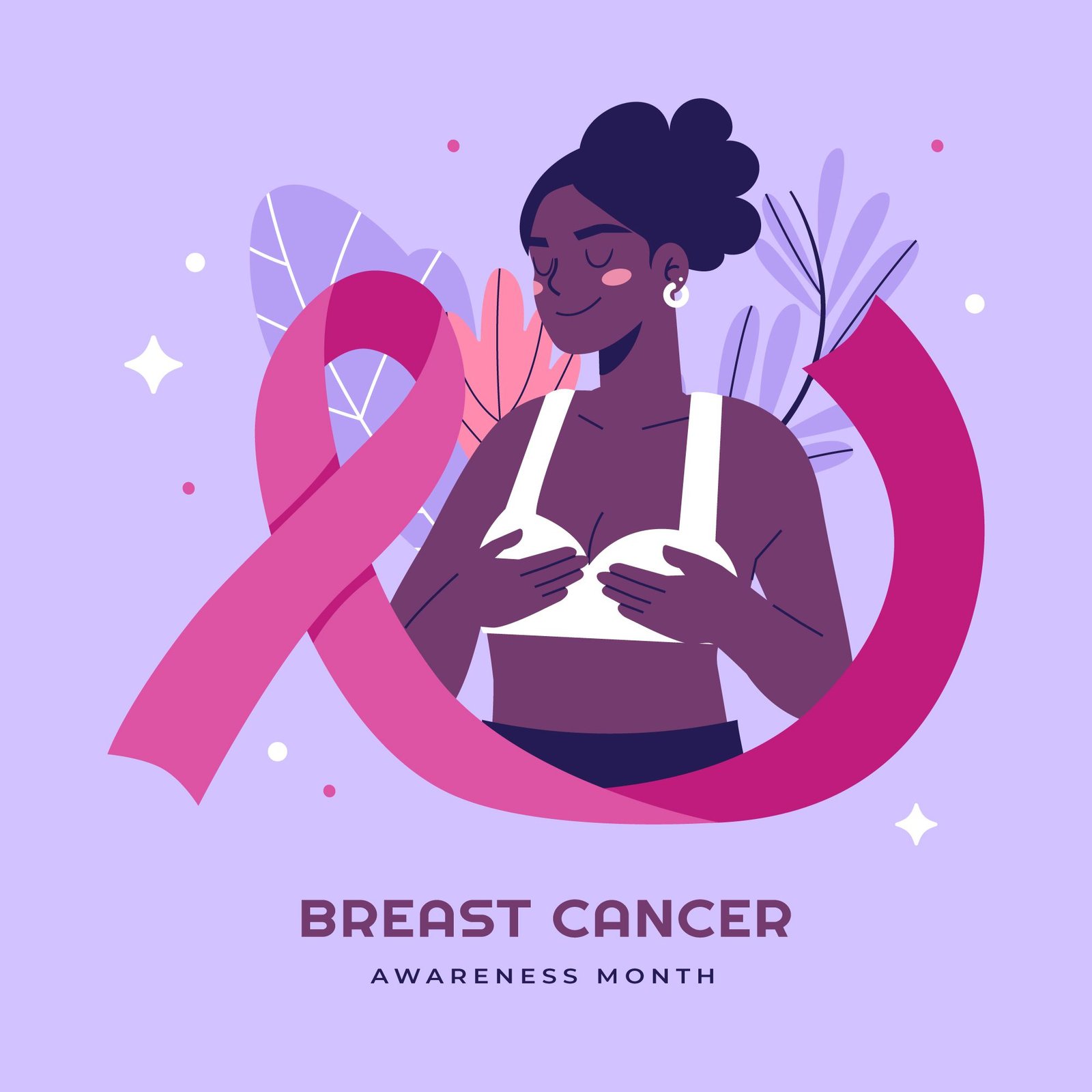Let’s Talk About Poop: The Honest Guide to Knowing If Yours Is Healthy
I’ll be honest—writing about poop wasn’t on my bucket list as a health writer. But after years of quietly comparing symptoms with girlfriends, talking to doctors who barely skimmed the

I’ll be honest—writing about poop wasn’t on my bucket list as a health writer. But after years of quietly comparing symptoms with girlfriends, talking to doctors who barely skimmed the subject, and reading way too many Reddit threads, I realized:
Most of us have no idea what our poop is trying to tell us.
And that’s a problem. Because our bowel movements are one of the most direct and honest reflections of our health—especially our gut, hormones, liver, and even nervous system. So today, I’m ditching the embarrassment and giving you the real talk I wish someone had given me.
Why Poop Matters (Way More Than You Think)
Your stool isn’t just waste. It’s a daily report card from your digestive system.
When things are working properly, your body absorbs nutrients, eliminates toxins, balances hormones, and keeps inflammation at bay.
When things are off? Your poop usually knows before you do.
It’s not TMI—it’s your body’s way of waving a flag. And if you know what to look for, you can take action before bigger problems show up.
What Healthy Poop Looks Like
Here’s what I’ve learned from GI specialists, integrative doctors, and my own trial-and-error:
 1. Shape & Consistency
1. Shape & Consistency
The gold standard? A smooth, sausage-shaped log that’s easy to pass—not too hard, not too soft.
This aligns with Type 3 or 4 on the Bristol Stool Chart, a tool many gut doctors use.
If your poop is:
- Pebble-like or hard → You may be constipated or dehydrated.
- Mushy or watery → Could point to inflammation, food intolerance, or infection.
- Thin like a pencil → Worth mentioning to your doctor; can indicate rectal issues or obstruction.
 2. Color
2. Color
Healthy stool is usually medium to dark brown—thanks to bile from your liver.
Watch for:
- Green → Often from leafy veggies or fast transit time (diarrhea).
- Pale, clay-colored → Could indicate a bile flow issue or liver dysfunction.
- Red or black → May suggest bleeding. Always follow up with your doctor, especially if persistent.
 3. Frequency
3. Frequency
Let’s bust a myth: You don’t have to go every single day to be “normal.”
Healthy range: 1 to 3 times per day, or at least 3 times per week.
Concern: Going multiple times a day with urgency or discomfort—or only going every 4–5 days.
What matters most is your personal rhythm and whether you feel fully emptied without straining.
 4. Smell
4. Smell
Yes, poop smells. But it shouldn’t knock you out.
A super foul, rotten odor (especially if paired with gas, bloating, or floating stool) could indicate:
- Malabsorption
- Food intolerance
- Gut infection
- Imbalance in your microbiome
 5. Effortless Exit
5. Effortless Exit
Passing stool should feel… uneventful.
If you’re straining, sitting for 20+ minutes, or relying on caffeine/laxatives to go, it’s time to address underlying causes like fiber intake, hydration, and stress levels.
Read About: Let’s Talk About Constipation (Because I Wish Someone Had Talked to Me Sooner)
What Your Poop Might Be Telling You

Your gut health is affected by what you eat, how you move, your stress levels, hormones, sleep, hydration, and even medications.
Here are some subtle stool changes and what they may mean:
| Symptom | Possible Root Cause |
| Chronic constipation | Dehydration, low fiber, thyroid issues, stress, gut dysbiosis |
| Loose or urgent stools | Food sensitivities, IBS, microbiome imbalance, anxiety |
| Mucus in stool | Inflammation or mild infection |
| Floating poop | Fat malabsorption (check gallbladder or pancreas function) |
| Unusual colors | Could relate to diet or more serious conditions (ask your doctor) |
What Helped Me Normalize My Poop
I spent years bouncing between constipation and urgency—and blaming it on “just stress” or “that one salad.”
Here’s what made a real difference for me:
- Eating 25–30g of fiber daily (slowly increasing to avoid gas)
- Staying hydrated—I aim for 2.5 liters a day
- Magnesium citrate before bed (after checking with my doctor)
- Daily movement—even just a 20-minute walk
- Deep breathing before meals to activate rest-and-digest mode
- Paying attention to my triggers (for me: dairy, too much wine, and late-night meals)
Why This Conversation Matters
At Ravoke, we believe real health starts with what’s real. And yes, that includes what happens in the bathroom.
Ignoring your gut is like ignoring your engine light.
You don’t need to obsess, but you do need to observe. Your poop is private, but it’s also powerful.
Whether you’re tracking your health goals, recovering from stress, or navigating hormones—your stool is one of the clearest daily indicators of your body’s inner balance.
So let’s stop treating it like a taboo topic.
Some Thoughts
If no one ever taught you how to read your stool—join the club. We weren’t raised to talk about this stuff. But it’s time we did.
Because knowing what healthy poop looks like isn’t gross. It’s gut wisdom. And listening to your gut? That’s real wellness.With clarity and no shame,
By Barbra Tyson for Ravoke.com








